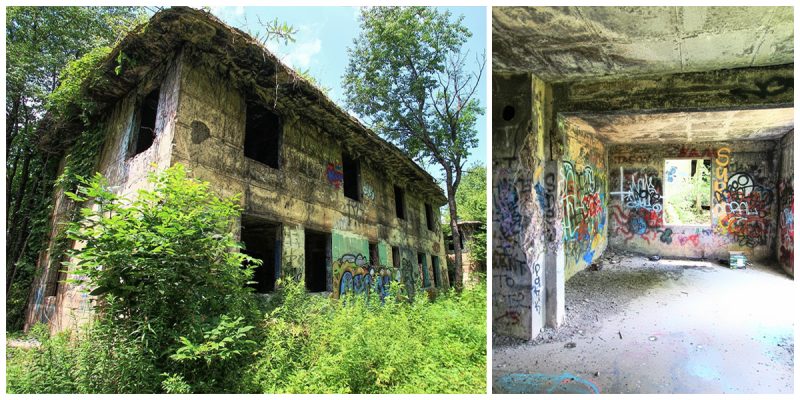Abandoned in 1924, the ruins of this post-apocalyptic looking ghost town still remain in a wooded area of Nanticoke, Pennsylvania (USA).
The Concrete City was an early example of International Style architecture in the United States, built as company housing in 1911 for select employees of the Delaware, Lackawanna and Western Railroad’s coal division in Nanticoke, Pennsylvania.
Concrete City is said to be the first example of modern-day cookie-cutter or tract housing.
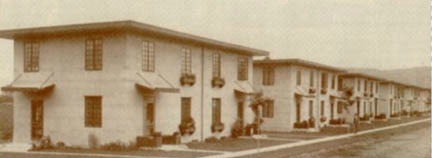
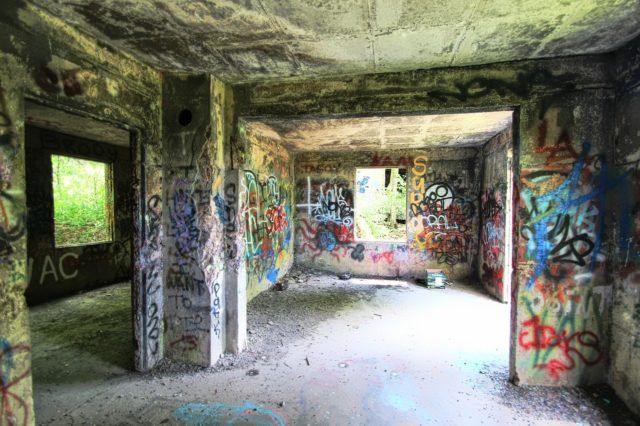
It was eventually taken over by the Glen Alden Coal Company who, uninterested in paying for required improvements (they did not want to spend $ 200,000.00 installing a sewer system required by the township) and unable to demolish it due to its robust construction, abandoned the property in 1924.
Since then, the “city” has been used by the military, police, and fire departments for training.
You can see large caliber hits on some of the walls. Demolition began in Dec. 1924. Glen Alden abandoned the complex, in place, because 100 sticks of dynamite had little impact on one of the buildings.
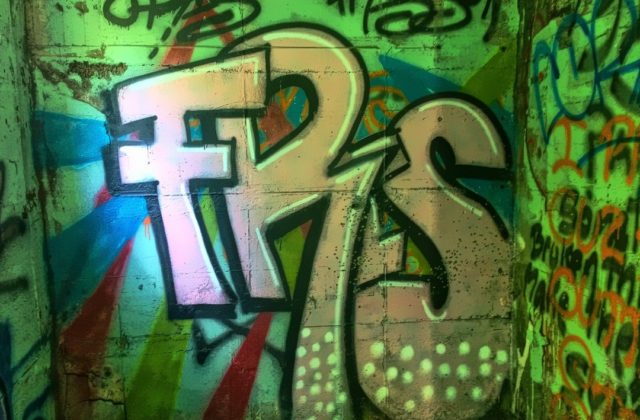
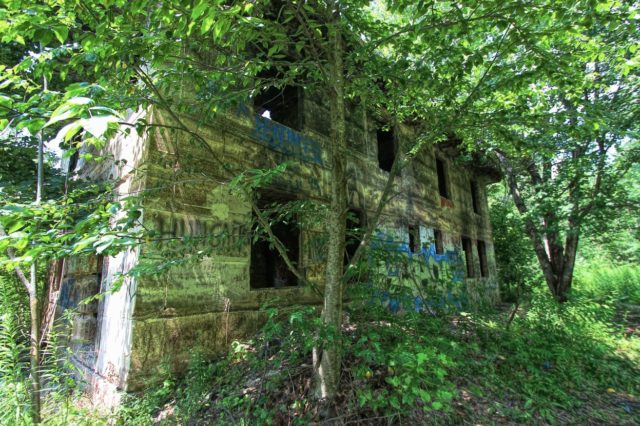
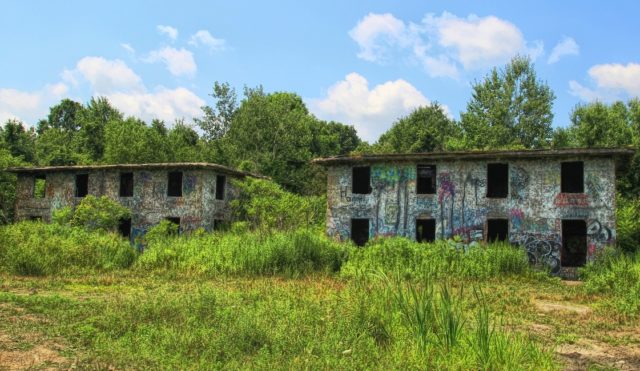
This residential development consisted of 20 buildings, each one housing two families.
Both halves of every structure contained a living room, kitchen and dining room downstairs, with four bedrooms on the second floor. Outhouses were constructed behind the dwellings.
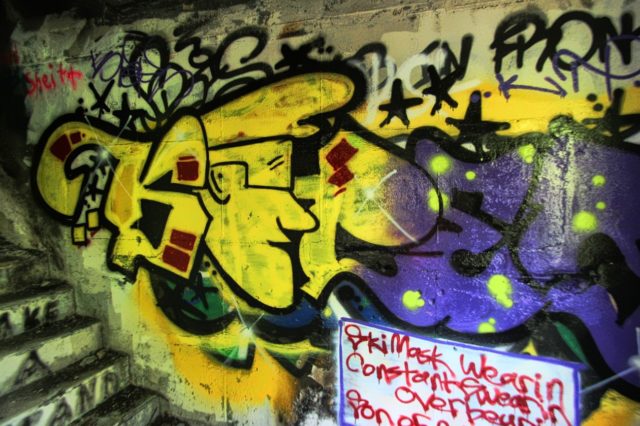
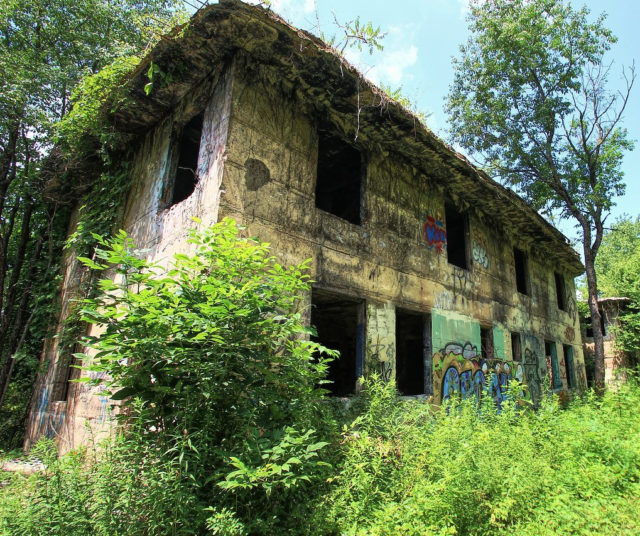
There were 22 2-story homes that faced a courtyard with complete with a wading pool, tennis courts, playground, baseball field and a small pavilion. It is believed to be the first example of modern tract housing.
The homes were arranged around a central plaza that contained a pavilion, baseball field, tennis court and wading pool. Photos: Forsaken Fotos/Flickr
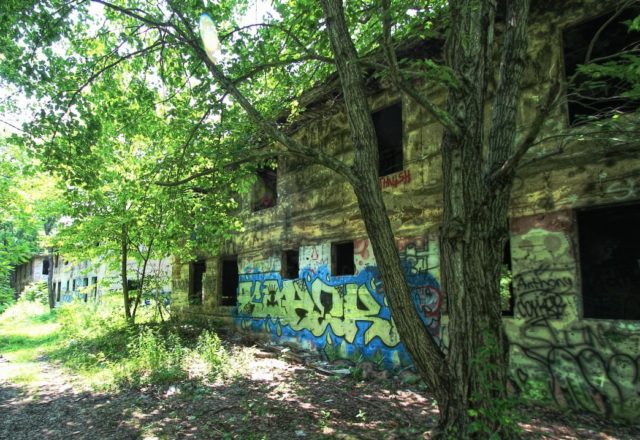
Concrete sidewalks illuminated by electric lights and landscaped yards completed this cutting-edge community. In 1998, the Pennsylvania Historical and Museum Commission declared Concrete City an historic site.
